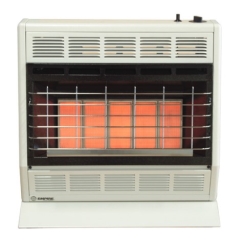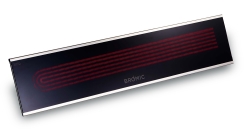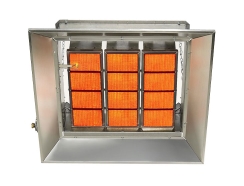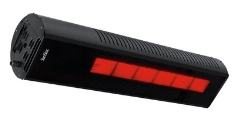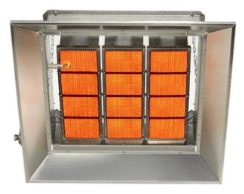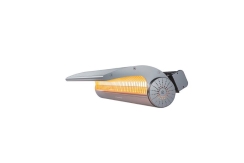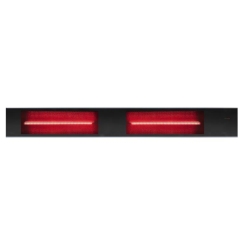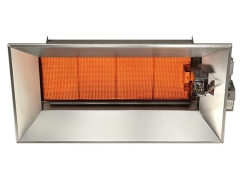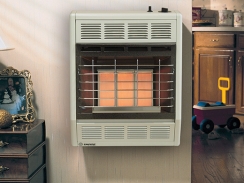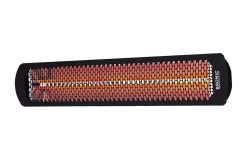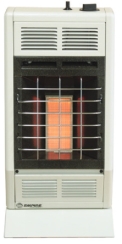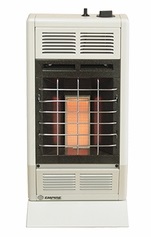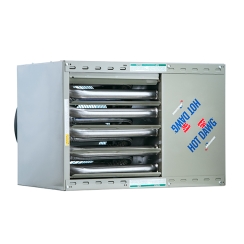Infrared Heaters
Displaying 1–20 of 347 items

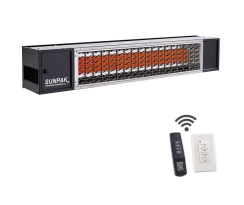
Have questions?
Our NFI-certified experts are here to help!Related Articles
Customer Q&A with Product Specialists
Thank you for reaching out!
Thank you for your interest in our products. We've received your question and will get back to you shortly — usually within the hour but always within 1 business day. To ensure you receive our response, please add our email address (info@efireplacestore.com) to your email whitelist or address book.
In the meantime, while we prepare our response, keep an eye on your inbox for an email from us. We'll be sending you our exclusive Buyer's Guide, packed with valuable information to assist you in making the best decision for your needs.
If you have any further questions or need immediate assistance, feel free to reach out to us directly at 1-800-203-1642.
Thank you again for choosing eFireplaceStore.com!
Customer Images

About Infrared Heaters
There's nothing quite like the pleasant, all-over warmth you get from an infrared heater. Not familiar with infrared heaters? Then you've come to the right place. Infrared heaters are a game changer for heating otherwise inaccessible places, thanks to not heating the air but instead heating objects. Due to their versatility, an infrared heater has a wide appeal. If you're interested in learning more, check out our Infrared Heaters Buyer's Guide for an in-depth look at what makes these heaters tick.
